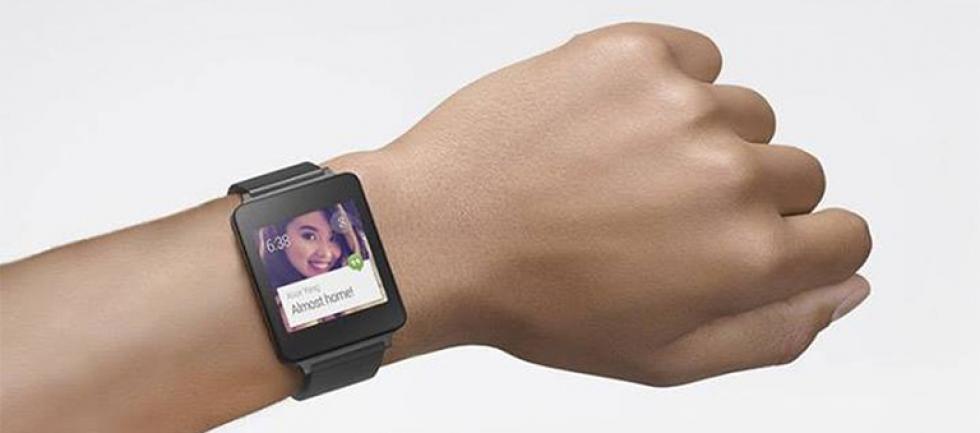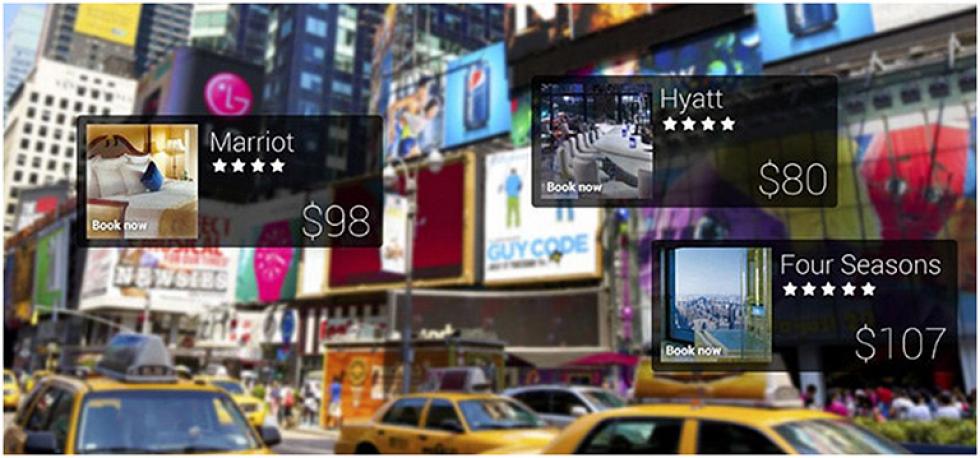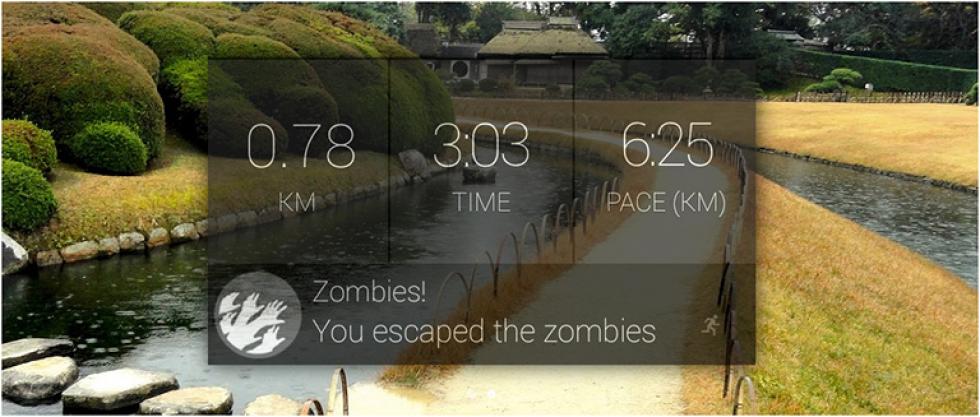

Google introduced a raft of additions to the Android family at the Google I/O conference last month. Most emphasis was given to its new Android Wear, which Google has described as a ‘new phase in the miniaturisation of technology’.
The second half of 2014 is looking to be a tipping-point in the uptake of wearables, and Google is looking to score the first points in the impending battle with the launch of the first Android Wear powered smartwatches - the LG G, Moto 360, and Samsung Gear Live. These devices will have a small head start over the Apple’s iOS powered ‘iWatch’, which is rumoured to release before the end of the year.

Meanwhile, Google Glass has already launched its Explorer programme in the UK, and although the mainstream media continues to have concerns with its social acceptability (as well continuing questions regarding its privacy implications), projections for the growth of smartglasses platforms are positive, and they are expected to become the most successful wearable product category.

Interestingly, new product categories are already appearing at the intersection of fashion, design and technology, intended to appeal to consumers for whom the functional benefits of connected wearables are secondary to the aesthetic appeal. Ringly is one example; a “smart” piece of jewellery which has been designed to appeal to the fashion conscious female. No doubt this area will only continue to grow, as brands look to cater to those who desire a ‘device in disguise’.

So what’s the point of all this wearable tech? Well, Google is positioning Android Wear as primarily a notification-based experience, providing chunks of contextual information to users as they go about their lives. In essence, Google Now will be an ever-present personal assistant sitting on your forearm, ready to provide you with information about where you are, surrounding points of interest, and other sensible information that might be of most use to you at that moment in time. Could brands begin to tap into this new context-sensitive, real-time notification-based, location-aware world to entice new customers? Perhaps seizing the opportunity to provide them with offers and deals, or direct them towards their nearest store?

Health related applications are of great interest currently, and the recent announcements of dedicated health frameworks for both iOS and Android coinciding with the rise of wearable technology is no coincidence. Always-connected, hands-free wearable devices open up the possibilities for these applications even further. Zombies, Run!, a popular mobile app which gamifies the running experience by placing the runner in a post-apocalyptic world through a narrated audio soundtrack, has now launched on Google Glass with a brand new visual component. This kind of ‘experience enhancement’ through narratives and reward mechanisms has the ability to open experiences up to previously untapped markets, and will be a powerful tool for brands moving forward.

Travel is another industry that has great potential to be transformed by wearable technology. Using Google Glass, travellers could potentially get directions, pull up information about new locations, look up recommendations of local points of interest, and capture live photos and videos of their adventures without the need to be constantly pulling their phones in and out of their pockets. Could engagement with a place be improved by providing a narrative or meta-information about what they are seeing, and how it fits into the story or experience around that place?
The above applications are just scratching the surface of what may become possible as wearable platforms continue to develop. Brands and organisations that manage to stay ahead of the curve and find new, interesting and fun ways of using these technologies will stand out in an increasingly sophisticated digital marketplace.
Alex Hillel
10 July 2014